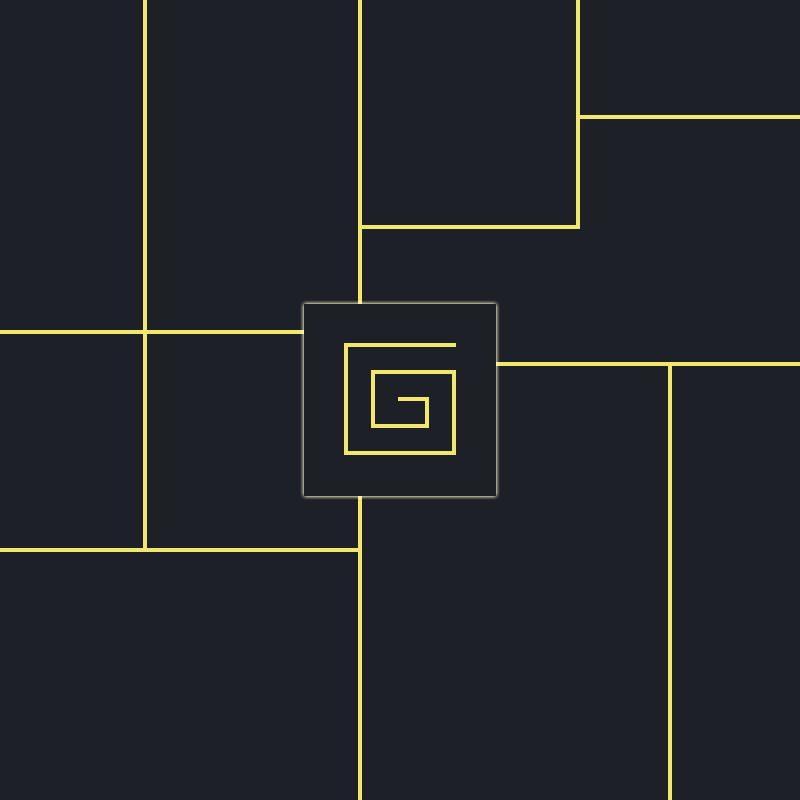
Web designing has long involved human labor. But then a crowdfunding campaign started in 2014, where a California-based startup promised automating the process with AI.
With its AI, customers can select on its pre-styled options for things like colors and fonts, upload some images and content, and let 'Molly' the AI do the rest. With the multi-site management from one dashboard, third-party analytics integrations and syncing, mobile editing, custom domains and more, The Grid was the hype.
While it lacked the custom-touch of human web designers, slow, lack of customization and more, The Grid did show the potential of allowing practically anyone to create websites with just a few clicks and copy-paste..
The company got covered in various tech blogs, where the startup boasted eye-catching promo video to entice thousands of people to know about their product. It raised millions of dollars through crowdfunding and VC investors.
But soon, the company ran into problems.
It was in 2015, that it started delaying its product launch, which also had missing features. At that time, only 100 of the 50,000+ backers got their hands on the startup's Beta product. And here, concerns started to rise. In short, it failed to deliver what it promised.
In late 2016, The Grid started showing signs of a failing company.
While it did have customers who paid to use its technology to design their own websites, and did managed to use it to create websites, The Grid suddenly went quiet. Then in March 2019, it started locking customers out of their websites, as the company started "sunsetting" Version 2 of its product, before it can transition to Version 3.
On its website, The Grid said that:
To keep expectations clear, we will not be uber-regular with life-is-swell emails. We will not be shipping 'minimally' viable shells of a product to satisfy suits. We won't talk talk talk about how close we are (though we are) and how game-changing yada yada. You won't be hearing from us in full dose till the new engine hums."
It then ended its note by saying:
Before the announcement, The Grid was selling a $144 annual Pro Membership that promised customers the ability to build up to 10 sites, a demo of the Version 3 product, a spot on the V3 waiting list, and web hosting.
With no certain update about this so-called Version 3, or the “tool” customers were promised they’d be getting to retrieve content from their archived websites, paying customers felt that they were left in a limbo.
The issue made it on Twitter, where a list named "GridVictims" was made to track people "who've been fooled into taking a Grid lifetime membership just like myself".
People also went to online forums as well as Reddit, to share their criticism and skepticism about the project. There have been scandals surrounding The Grid in refusing refunds, accusations of using deception, and the extent to how really The Grid uses AI.
Motherboard managed to contact The Grid's CEO and co-founder Dan Toucchi to talk about the issue. He said that:
Toucchi acknowledged that The Grid's customers were displeased, as they started thinking that the company ran off with their cash, simply because the company's business wasn't profiting.

It’s worth noting, that in 2015, The Grid's board member and former Google AdSense co-founder Brian Axe wrote a Medium post where he compared The Grid to his early days at Google.
He also described the team traveling across the globe to "exotic locations" during face to face meet-ups or “team-cations”.
But fast forward, Toucchi told Motherboard that after the company ran out of money, he laid off all of his employees down to just three.
"I would say we're truly sorry that we're not professional—everything's perfect, VC-funded, everything golden and grand, but we're bootstrapping and doing what it takes. We’re still very active," Toucchi said.
Toucchi went on to explain how his and The Grid’s GitHub would prove that the project was not a scam.
"Our GitHub and our code is there for everyone to see. In the developer community, we're extremely respected," the CEO said.
The last code updates to The Grid’s GitHub however, was in 2017.
From whether the company is killed by its own success and fell short of its own hype, not capable of facing the pressure to deliver the game-changing method of building websites with AI, had minimum viable product (MVP), poor reviews, less customization options or some other possibilities, less to nobody knows what happened to The Grid.
Customers again can only speculate, that at least until Version 3 that it promised, which is also uncertain.